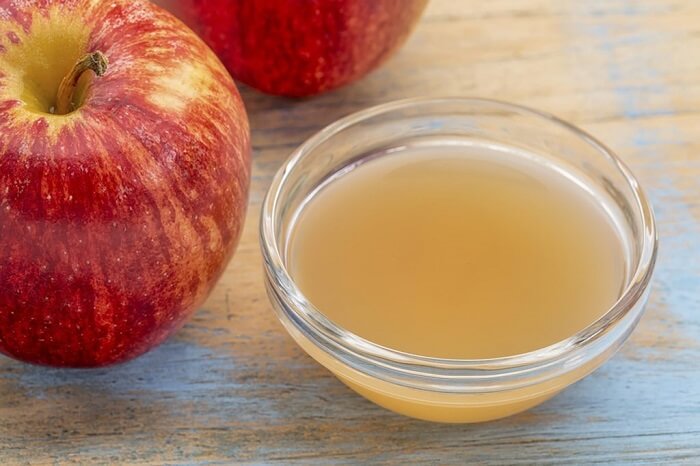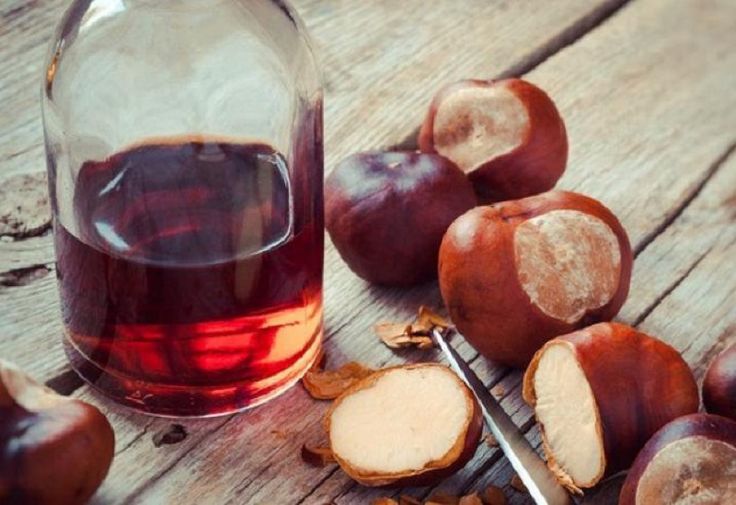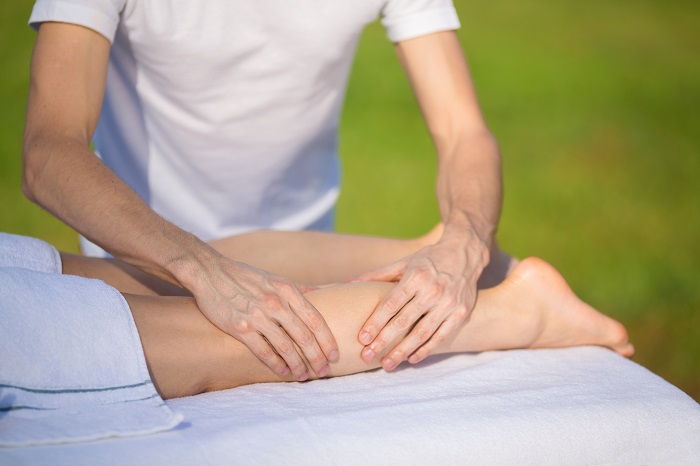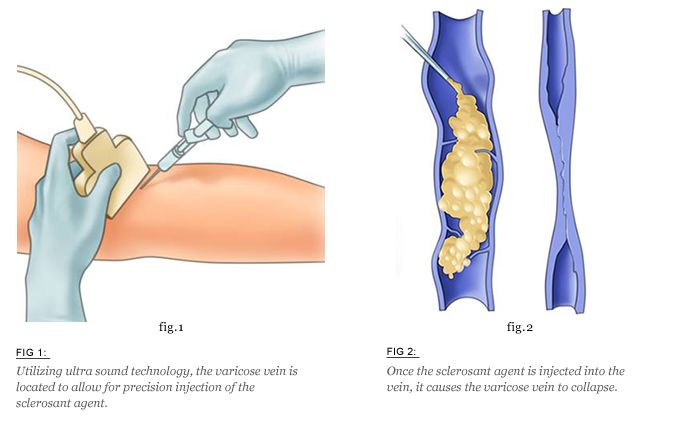Aptly named, spider veins, or telangiectasia, are small clusters of veins that appear like thin reddish blue lines near the surface of the skin. Unlike other veins that are more singular in nature, these ones appear like small spider webs and tend to affect the legs, hands, and face, particularly around the nose, cheeks, and chin. Most spider veins do not cause any real symptoms or issues, though some may cause pain, burning, or aching.
In any case, individuals often find them unsightly and wish to remedy them, particularly if the damages veins are located on the head, neck, or face. Fortunately, there are a number of different treatment options that have been found effective to remedy the issue. Consider these suggestions for how to remove spider veins from face and decide which is right for you.
1. Fresh Ginger

Ginger naturally helps improve blood circulation, so it is a great at-home option for how to remove spider veins from face. The widely used herb also supports the breakdown of fibrin, a blood protein that collects in areas where your veins are compromised.
To get the most benefit from the herb, slice a 1-inch piece of fresh ginger into thin pieces. Drop the slices into 2 cups of boiling water, reduce to low, and simmer for 10 minutes. Strain the mixture, add honey, and drink will the tea is warm.
You can enjoy ginger tea 2 to 3 times each day. If you are, however, currently taking blood pressure medication or any blood thinners, you should consult your doctor before using this remedy.
2. Apple Cider Vinegar

Often considered a bit of a “cure all,” apple cider vinegar is also effective for treating spider veins. The vinegar improves blood circulation and reduces inflammation and discomfort associated with the condition.
There are several different suggestions for how to remove spider veins from face with ACV, but the most effective treatment is to create a mild compress to apply to the affected area. To do so, soak a piece of cloth in raw, unfiltered apple cider vinegar. Then place the cloth on the area for 15 to 20 minutes up to 3 times a day.
If you have sensitive skin, you may want to try this treatment on a small, inconspicuous area of skin first and then dilute the ACV slightly if you experience irritation. Also to improve the benefits of this treatment, drink 2 teaspoons of the ACV mixed into a glass of water with a little honey twice a day.
3. Horse Chestnut

An herb, horse chestnut not only strengthens the veins, but it also reduces inflammation and swelling throughout the body. So it will reduce the appearance of spider veins but also minimize any discomfort the veins may be causing.
You can use horse chestnut in several different ways. Applying the seed gel to the vein twice a day is one of the simplest methods of treatment. However, you can also combine 1 tablespoon of horse chestnut tincture with 10 tablespoons of distilled witch hazel. Apply it to the affected area twice a day.
Some individuals have also found taking horse chestnut supplements to be helpful. Consult your doctor for the correct dosage amount. And if you are pregnant or nursing or have kidney or liver disease or are taking blood thinning medications, you should avoid ingesting horse chestnut.
4. Massage

As if you needed another reason to get a massage, regular massage of the area is a simple way to improve blood circulation in the area, reduce the appearance of spider veins, and eliminate pain or inflammation you may be experiencing. To get the most benefit from massage, you’ll want to use extra-virgin olive or coconut oil. These oils have exceptional antioxidant properties and penetrate into the skin quickly.
To perform the massage, warm the oil slightly then use the oil to gently but firmly massage the affected veins. You should use gentle strokes and massage the affected area 10 minutes at a time 3 to 4 times daily.
5. Sclerotherapy

If at-home remedies have not worked for you, you may be a candidate for sclerotherapy. During the procedure, your doctor will inject a solution that scars and closes off the injured veins. This forces the blood to reroute through healthier pathways.
With this treatment, you should notice the veins fading in a few weeks. In some cases, the vein may need to be injected more than once. Sclerotherapy is typically effective if done correctly.
Sclerotherapy does not require anesthesia and is typically performed in your doctor’s office. You may experience some swelling, itching, or skin discoloration in the affected area. If other options are not working, then it may be worthwhile to discuss this treatment and other options for how to remove spider veins from face with your doctor.
6. Laser Treatment

Laser surgery is another alternative to at-home remedies. This treatment works by using a laser to send strong pulses of light into the vein, making it slowly fade and disappear. This type of surgery requires no incision or needles and is generally considered minimally invasive.
Laser surgery is, however, considered less effective than sclerotherapy, especially for larger veins. If you do choose to have laser surgery, you may experience some redness, itching, bruising, swelling, and/or permanent skin tone changes.
After treatment, you will likely notice that the veins fade over time but may not disappear entirely. Likewise, new veins may actually develop in the same area.
Summing Up
The thin web-like networks of veins that are characteristic of spider veins often occur because of a backup of blood in the vessel that is cause by hormone changes, sun exposure, or injury. Whatever the cause, there are typically a number of options for how to remove spider veins from face.
Whether you are looking for a home remedy or an in-office treatment, you should be able to find an option that works for you. However, it is important to understand that no matter what treatment you use, you may still see traces of the veins even after completing the procedure.
